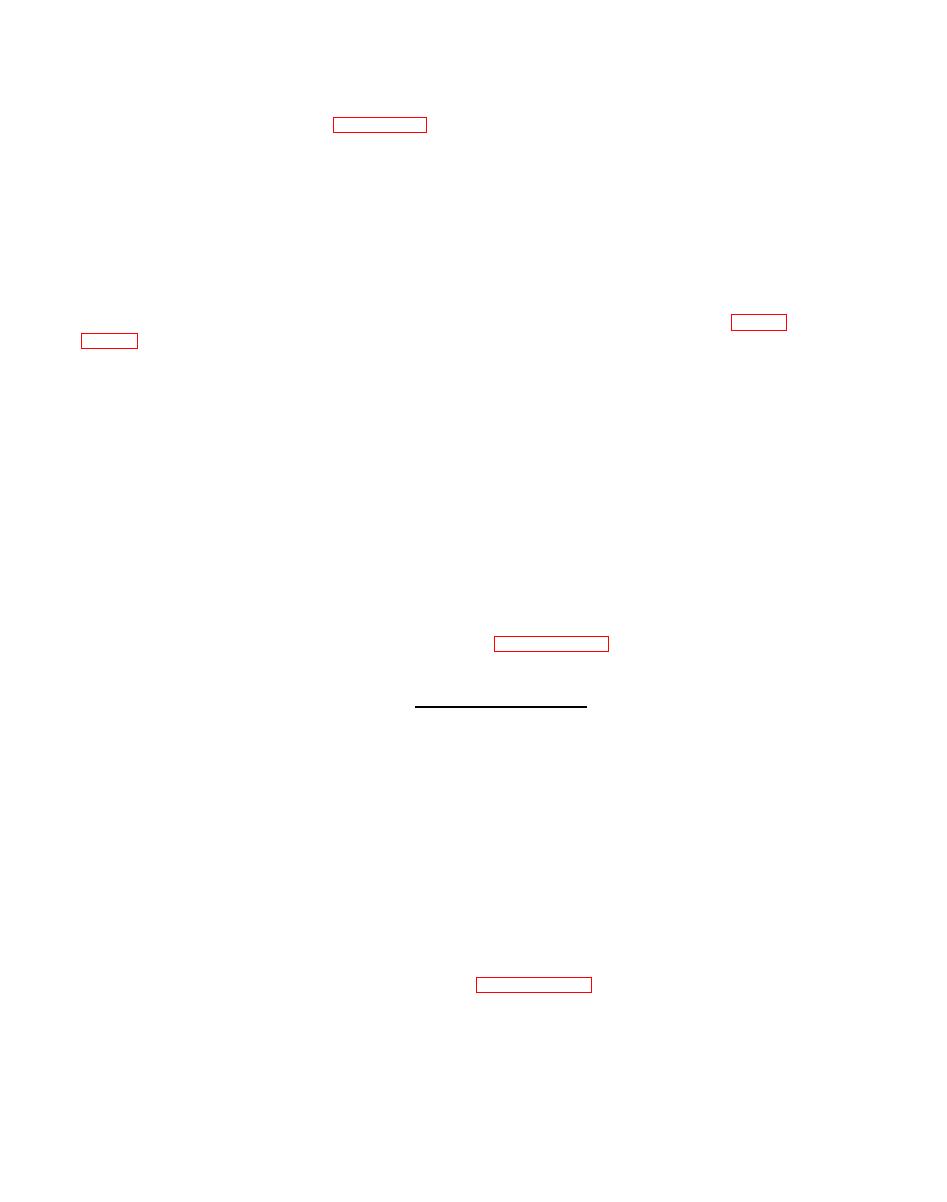 |
|||
|
|
|||
|
|
|||
| ||||||||||
|
|  TM 11-5820-917-13
circuit performs various logic functions associated with the operation and control
of the RCS-4B. One, it provides a 100-kHz clock for each of the timers of the
3-path programmer with provision for slip synchronization; second, it counts
the VCO prescaled "count" signal from the synthesizer to drive the LED display
with the receive frequency of the receiver; third, it interfaces with the CRT
display logic to put the CRT cursor frequency on the LED display, when
requested; and last, it generates commands to automatically select the appropriate
preselector filters as the sweep progresses. The preselect filters are located in
the 4028 unit.
4-28. The 5-MHz standard enters on J1 and is connected to U51 and U52 (figure
U47, U46 and U39 are decade dividers which divide the 100 kHz to 5, 1, and
0.1 kHz. These three additional rates are used to modify, or "slip" the 100
kHz clocks sent to the timers by 5, 1, or 0.1 percent (fast, medium or slow).
The rates are identical to, and controlled by, the same means as the slip rate
dividers in the synthesizer. Speeding up or slowing down the basic 100 kHz
clock allows the synchronization timing to be advanced or retarded. Add pulses
at U35-6 and delete pulses at U35-8 are summed with the 100-kHz clock only
when the front panel MODE switch is in Set 1, Set 2, or Set 3 position, and the
ADV/RET switch is depressed to add/delete pulses to the selected timer only.
All the circuits that provide the 100-kHz clocks to the timers are powered
from the +5VB supply from the switching regulator 1A6A3. This supply has a
battery backup so timing synchronization is maintained during primary power
failure. Auto sync control pulses from the auto sync module are applied to
U35-4 and U35-10 to adjust the receiver timing during the auto sync timing
search.
the receive frequency 1st L.O. as follows:
1st L.O. Frequency
fo
=
20
The first L. O. frequency is related to the tune or receive frequency as follows:
L.O. Frequency = tune FREQ + 40.2 MHz
The count signal is processed by receiver control circuits to give an instan-
taneous readout of the receiver sweep frequency. This signal (f. = 2.11 MHz
to 3.51 MHz) is buffered by U31-10 and is fed to U40-6. U40 is a digital
counter programmed to divide-by-5. A gating control on U40-13 enables the
divider for 10-millisecond count intervals. The output of U 40 is sent to a four-
decade divide string, U29, U30, U32, and U33. At the conclusion of the 10-
millisecond period, the count in the counters is latched in output latches U15
through U8 whose outputs drive the LED display. Counter gating is provided
by a 100-HZ signal from the slip rate divider U39-12, which drives U19-1, a
divide-by- 2 circuit. The five inverters (U34, figure FO-13/4), which drive
U19-13, cause the 10-millisecond on, 10-millisecond off, gate output at U19-7 to
.
be slightly asymetical in time to avoid counter indecision when the synthesizer
is set to an integer frequency such as 2 MHz. (The 10-millisecond gate is on
approximately 20 nanoseconds longer than the 10-millisecond gate off time.)
|
|
Privacy Statement - Press Release - Copyright Information. - Contact Us |